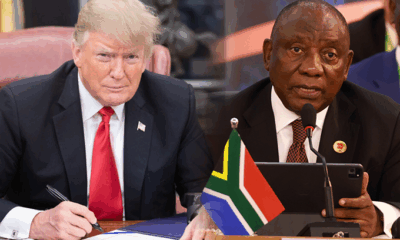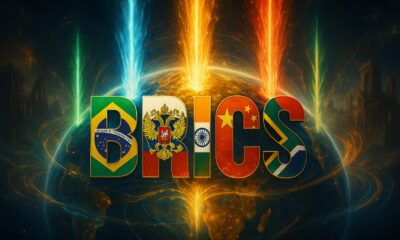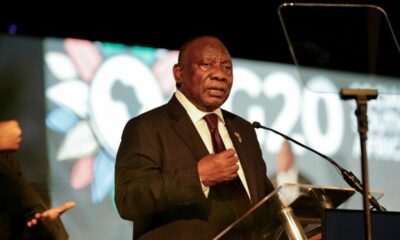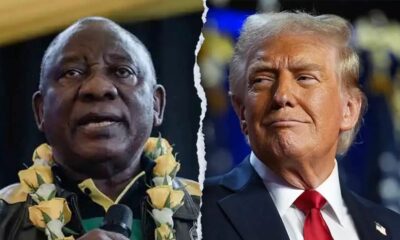Business
Caught in the Crossfire: South Africa Walks Trade Tightrope Between Russia and US
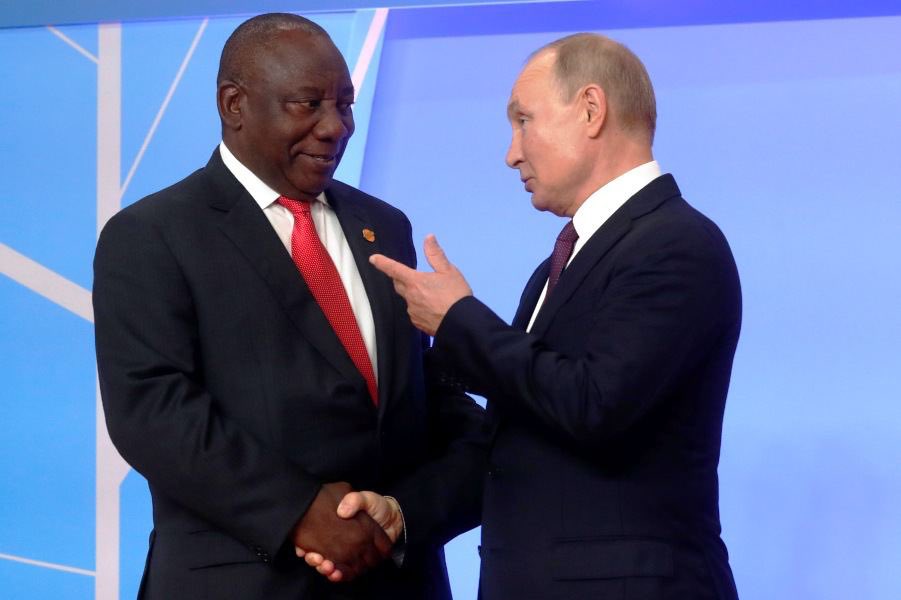
As US threats of sweeping Russia tariffs mount, South Africa tries to hold its trade cards close
In a global economy increasingly shaped by political muscle-flexing, South Africa is trying to avoid being squeezed between two superpowers. As Washington doubles down on threats to slap Russia with 100% tariffs unless a Ukraine ceasefire is achieved within 50 days, Pretoria has moved quickly to calm the waters.
The Department of Trade, Industry and Competition (dtic) recently issued a public reassurance: South Africa’s relationship with Russia remains legally intact and strategically balanced, despite mounting pressure from the United States and European Union. Still, behind the scenes, the mood is cautious.
SA’s Position in a Shifting Global Trade Chessboard
South Africa finds itself at the crux of a high-stakes balancing act. As a BRICS partner to Russia and a major exporter to the United States, it must tread carefully.
With already strained negotiations underway to resolve 30% tariffs on local products like citrus, wine, and automotive parts headed to US shores, the idea of further trade conflict is unwelcome news. The last thing South African exporters need is to lose access to the US market because of distant geopolitical drama.
While the country’s overall trade volume with Russia remains modest, rising just 7% from $806 million in 2023 to $864 million in 2024—its symbolism in BRICS, and its potential in a sanctions-altered trade environment, gives it strategic weight.
An Uneasy Opportunity in the Russian Market
Russia, boxed out of Western markets by sweeping sanctions, has been redirecting its economic ties eastward and southward. For South African farmers and food producers, this pivot offers an opening.
With Russia banning food imports from much of the West, South African citrus, apples, and even household goods like fridges have found their way into Russian households.
“There is a segment of legal trade still open,” explained Yandeya Mashau, director for Europe trade relations at the dtic. “Food, agriculture, medicines, these sectors remain largely unaffected by sanctions.”
That said, Mashau noted that despite these opportunities, South African banks have grown wary. Many refuse to finance even legal trade with Russia for fear of secondary sanctions or getting cut off from the Western banking system. The result? Up to 70% of SA–Russia trade is now routed through third-party nations like Turkey, Azerbaijan, the UAE, and Latvia.
The Shadow of Sanctions and the Risk of Isolation
Even though South Africa isn’t bound by the US or EU’s unilateral sanctions, those measures carry extraterritorial consequences. If a South African company is seen to be trading too closely with sanctioned Russian entities, it may suddenly find itself locked out of the lucrative US or EU markets.
This fear has created a chilling effect across industries. Payments are harder. Shipping is riskier. And the threat of reputational damage or regulatory headaches looms large.
Still, South Africa is exploring how to play this complex hand. The dtic says there’s room for lawful, strategic trade that aligns with both economic need and international obligations.
One example is Russia’s nuclear energy sector. Still untouched by Western sanctions, it remains a rare area of cooperation. Russia’s Rosatom continues to dominate the global nuclear power market, and South Africa hasn’t ruled out future collaboration.
Trump’s Tariff Gambit Adds New Risks
Former President Donald Trump’s tariff ultimatum to Russia, 100% on imports unless a ceasefire is reached—has rattled global markets. The price of Brent crude dropped slightly last week as traders factored in possible disruptions, but the longer-term economic implications are harder to quantify.
For South African exporters and multinational enterprises (MNEs) operating in both countries, the uncertainty is already reshaping strategy.
“Trump’s unpredictability around tariffs is causing a ripple effect,” said Michael Hewson, director at Graphene Economics. “MNEs manufacturing in South Africa and distributing to the US may need to rethink their transfer pricing models.”
He explained that tariffs don’t just hit end products, they warp entire value chains. For example, a South African company selling car parts to its US-based parent might have to adjust the internal pricing to keep the books balanced under new tax and tariff conditions.
A Diplomatic Dance with High Stakes
For now, South Africa is playing the diplomat. The dtic continues to highlight lawful trade avenues, including in agriculture, medicine and energy, while downplaying any notion of breaking ranks with BRICS allies.
But the road ahead is fraught with risks. With a volatile US election cycle underway, and tensions in Eastern Europe unlikely to ease overnight, South Africa will need to stay nimble, juggling alliances, compliance, and opportunity in an increasingly divided global economy.
The coming weeks may reveal whether Pretoria can keep its balance in this geopolitical tug-of-war or be pulled into the undertow.
{Source: IOL}
Follow Joburg ETC on Facebook, Twitter , TikTok and Instagram
For more News in Johannesburg, visit joburgetc.com



